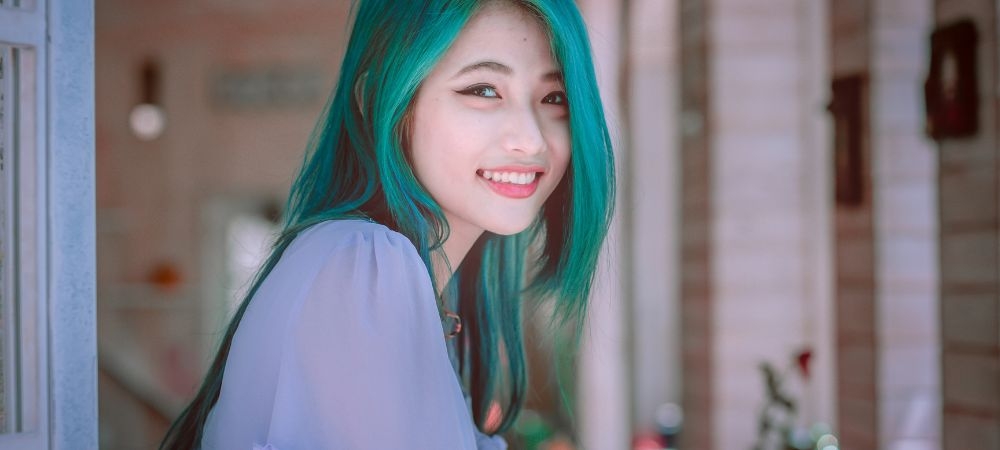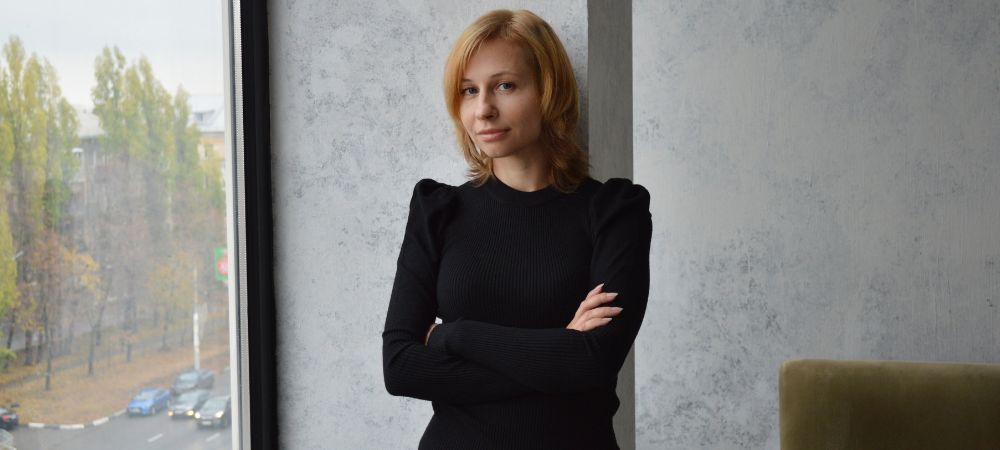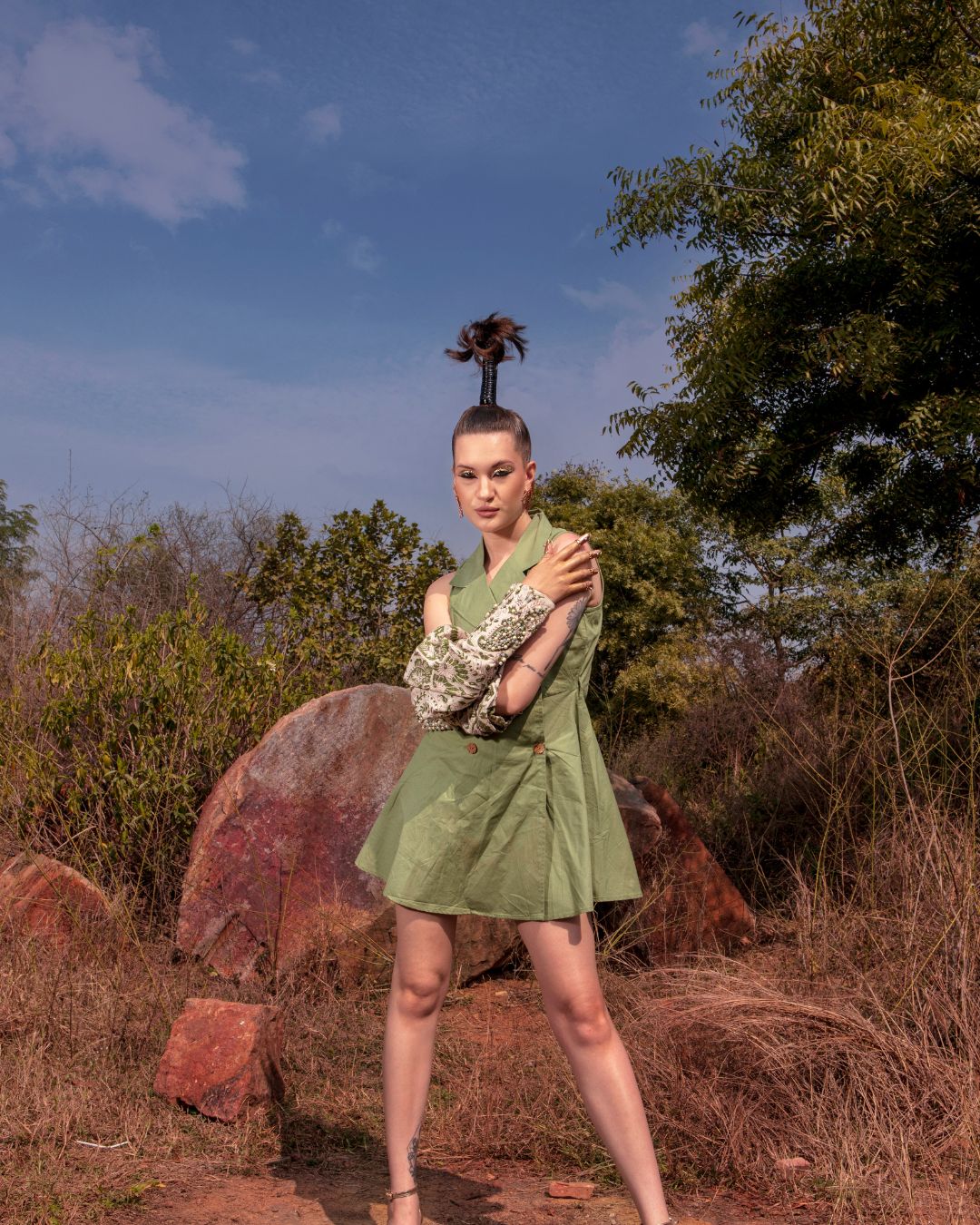

Fashion advertising is very important in the industry because it helps to promote brands and products. added details readily available see listed here. Without fashion advertising, consumers would not be aware of new trends or collections. It also creates a desire for customers to purchase the latest styles and designs.
Advertising plays a crucial role in shaping the image of a brand and establishing its identity within the market. By using various marketing channels such as social media, magazines, and billboards, fashion brands are able to reach a wide audience and attract potential customers.
Furthermore, fashion advertising helps to create competition among brands, pushing them to constantly innovate and improve their products. This benefits consumers by providing them with a wider range of choices and better quality items.
go to .
In conclusion, fashion advertising is essential for the success of brands in the industry. It allows companies to connect with their target audience, increase sales, and stay ahead of their competitors. So next time you see an advertisement for your favorite clothing brand, remember the impact it has on the fashion industry!
Fashion advertising is all about creating a buzz and capturing the attention of potential customers. There are many strategies and techniques that are used to achieve this. From catchy slogans to stunning visuals, everything is carefully crafted to entice consumers.
One common strategy in fashion advertising is storytelling. By telling a compelling story through their ads, brands can connect with their audience on an emotional level. This helps create a sense of loyalty and trust among customers.
Another technique that is often used in fashion advertising is celebrity endorsements. By associating their brand with well-known personalities, companies can leverage the star power of these individuals to attract more attention to their products.
In addition, social media has become a powerful tool for fashion advertising. Platforms like Instagram and Facebook allow brands to reach a wider audience and engage with them in real-time. This instant connection can help build brand awareness and drive sales.
Overall, there are countless strategies and techniques that can be used in fashion advertising to promote a brand effectively. By staying creative and innovative, companies can continue to captivate audiences and drive success in the ever-changing world of fashion marketing.
The first fashion magazine was released in Germany in 1586, noting the begin of style journalism and affecting style patterns throughout Europe.
Haute couture, French for "high embroidery," describes the development of unique custom-fitted garments, made by leading fashion residences and requiring countless hours of handcraftsmanship.
The first organized fashion week was held in New york city in 1943, originally called "Press Week," to stand out away from French style throughout World War II.
Classic fashion not just celebrates designs from the past but is likewise considered a lasting selection, as it entails reusing existing garments instead than generating brand-new items.
Building partnerships with other brands for co-branded campaigns can be a great way to elevate your brand's presence in the market through innovative fashion marketing techniques.. By collaborating with like-minded companies, you can reach new audiences and create unique, eye-catching campaigns that stand out from the competition.
Partnering with other brands allows you to tap into their existing customer base and leverage their credibility and reputation to boost your own brand awareness.

Posted by on 2024-05-09
Social media has had a major impact on fashion marketing strategies in recent years.. There are both challenges and opportunities in integrating social media into these strategies.
One of the challenges is keeping up with the constantly changing landscape of social media platforms.

Posted by on 2024-05-09
In the fashion industry, trends in influencer marketing are constantly evolving with emerging platforms and technologies playing a crucial role.. These new tools are shaping the future of how brands connect with their target audience through influencers.
With social media platforms like Instagram, TikTok, and YouTube gaining popularity among consumers, influencers have become a powerful force in driving brand awareness and engagement.

Posted by on 2024-05-09
When it comes to fashion advertising, there are some key players and brands that really stand out in the industry. From high-end luxury labels like Gucci and Louis Vuitton to fast fashion giants like Zara and H&M, these companies have a major influence on how we perceive style and trends.
One of the biggest names in fashion advertising is undoubtedly Chanel. Known for their iconic perfume campaigns featuring celebrities like Brad Pitt and Marilyn Monroe, Chanel has mastered the art of creating luxurious and aspirational images that appeal to a wide audience.
Another brand that has made a big impact in the world of fashion advertising is Calvin Klein. With their provocative ads featuring top models and celebrities, Calvin Klein has pushed boundaries and challenged traditional notions of beauty and sexuality.
And let's not forget about Nike. The sportswear giant has become synonymous with cutting-edge marketing campaigns that inspire athletes and fitness enthusiasts around the world.
So whether you're looking for high-end glamour or streetwear cool, these key players and brands in the fashion advertising world are shaping how we think about style and self-expression.

Digital marketing has had a huge impact on fashion advertising, with many brands now turning to social media and online platforms to promote their products. Instead of relying solely on traditional methods like print ads and television commercials, companies are now using influencers and targeted advertisements to reach their target audience.
One of the main ways digital marketing has changed fashion advertising is through the use of social media. Brands can now connect directly with consumers through platforms like Instagram and Facebook, creating a more personal relationship with their customers. By posting photos, videos, and behind-the-scenes content, companies can showcase their products in a more authentic way.
In addition, digital marketing allows brands to track the effectiveness of their campaigns in real-time. By analyzing data such as click-through rates and conversion rates, companies can quickly adjust their strategies to better reach their target audience. This level of flexibility is not possible with traditional advertising methods.
Despite these benefits, some argue that digital marketing has made it harder for smaller brands to compete in the fashion industry. With larger companies able to spend more on advertising budgets, it can be difficult for newer or less-established brands to break through the noise online.
Overall, while digital marketing has revolutionized fashion advertising in many ways, it is not without its challenges. However, by adapting to this new landscape and utilizing the tools available, brands can continue to thrive in an increasingly digital world.
Fashion advertising is a crucial aspect of the industry, with many brands vying for consumers' attention through creative campaigns. There are numerous case studies of successful fashion advertising campaigns that have captivated audiences and generated buzz.
One prime example is the collaboration between luxury brand Chanel and actress Kristen Stewart. Their campaign featured Stewart as the face of their eyewear collection, showcasing her edgy style and attitude. The campaign was a hit, resonating with younger audiences and increasing sales for Chanel's eyewear line.
Another standout case study is Nike's "Dream Crazy" campaign featuring former NFL player Colin Kaepernick. Despite controversy surrounding Kaepernick's activism, Nike stood by their decision to feature him in their ad, resulting in a surge of support from consumers who admired the brand's bold stance.
Additionally, Gucci's "Gucci Gang" campaign targeted Gen Z consumers through vibrant colors and eclectic styling, earning praise for its fresh approach to marketing high-end fashion to a younger audience.
Overall, these case studies highlight the importance of creativity, authenticity, and relevance in fashion advertising campaigns. By connecting with consumers on a deeper level and tapping into cultural trends, brands can create impactful campaigns that resonate with their target audience.
Fashion advertising is always evolving and changing, with new trends popping up all the time. From social media influencers to virtual reality experiences, there are constantly new ways for brands to showcase their latest collections.
One of the future trends in fashion advertising is the use of augmented reality. Brands are starting to incorporate AR technology into their ads, allowing consumers to try on clothes virtually before making a purchase. This can help customers feel more confident in their buying decisions and reduce returns for online retailers.
Another trend that we're seeing is a shift towards more inclusive advertising. Brands are starting to feature models of all shapes, sizes, and backgrounds in their campaigns, reflecting the diversity of their customer base. This can help increase brand loyalty and appeal to a wider audience.
Additionally, video content is becoming increasingly popular in fashion advertising. Brands are creating short films or behind-the-scenes videos to give consumers a glimpse into the creative process behind their collections. This can help build brand awareness and connect with customers on a more personal level.
Overall, the future of fashion advertising looks bright as brands continue to experiment with new technologies and strategies to engage consumers. Whether it's through AR experiences or inclusive campaigns, there are endless possibilities for brands to stand out in a crowded market.